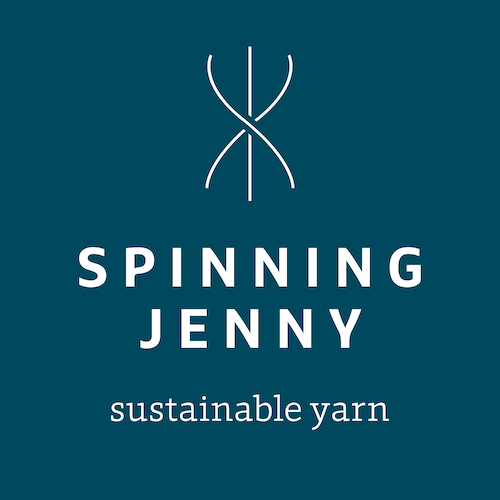Moving decisively together
Manifesto
The Circular Textile Days Manifesto was created to highlight insights from case studies on transitioning the textile industry from a linear to a circular model. Fashion students from diverse specializations conducted interviews with industry partners to analyze circular solutions, challenges, and scaling needs.


Case Studies
Key takeaways
Without policy, there is no sustainable sector, but without the active involvement of the sector, there is no helpful policy either. We will have to continue to talk to Brussels to prevent the implementation of EU legislation that inadvertently hampers the circular economy. We want to get rid of design errors, vague definitions and national differences and call for stricter financial incentives that make investments and upscaling possible.
‘The current regulations do not yet provide sufficient guidance for securing investments and scaling up sustainable production.’
‘The current regulations do not yet provide sufficient guidance for securing investments and scaling up sustainable production.’
‘It is essential to establish stronger incentives for data sharing, including regulatory mandates and financial rewards for companies that disclose their supply chain information.’
economy, but in the textile sector, it is precisely this market that is on the verge of collapse.
We need stricter legislation that clearly directs financial resources to these infra- structures, allows textile waste to cross borders, and harmonises national systems. In the meantime, as a sector, we need to lead by example by experimenting with circular business models, investing in recycled materials and reverse supply chains, and making consumers aware of the need to get involved.
‘The current regulations do not yet provide sufficient guidance for securing investments and scaling up sustainable production.’
‘A major obstacle to circular textiles is the lack of a competitive market for recycled feedstock, which means that the financial incentives for circular systems are not forthcoming.’
marketing concept, while cheap production remains the norm. Brands claim to be powerless in this regard, but that is too simplistic. If we, as a sector, acknowledge that circular fast fashion does not exist and begin to account for the higher costs of circularity upfront—while clearly explaining these costs to consumers—we can bring them along in the transition. Meanwhile, we are advocating for policies that offer stronger financial
incentives and increased investment in circularity, which will ultimately help reduce prices and enable the sector to compete fairly and independently.
‘The current regulations do not yet provide sufficient guidance for securing investments and scaling up sustainable production.’
‘The consumer has gained a privileged position, and we have all played a role in creating it.’
‘A trade-off between affordability and durability persists, with many consumers prioritizing cost over en- vironmental impact, despite new EU regulations pushing for better transparency and standardization.’
‘Many companies are stuck in their traditional ways of working. If you want to be sustainable, you must be open to new production methods.’
‘Many companies give the impression that they are making more progress on sustainability than they actually are, which can discourage consumers overall from buying “sustainable” products.’
‘We need to collaborate throughout the entire supply chain and act as facilitators, helping each other understand and integrate sustainable solutions.’
‘Collaboration across the supply chain is crucial for addressing circularity challenges, but building partnerships can be difficult when goals or technological systems aren’t aligned.’



And thanks to our volunteers

















